Overall this project has been a great learning experience for me never in my life have I looked carefully at a photo and really examine it to see that all those whites, blacks, and grays are different shades of each other and that even the smallest change in shade makes it a new color. I’ve never really painted before so that was the most challenging part of this project for me but it was fun to sit down and really study these colors and try to match what was in my collage, I look forward to learning more about color.
https://openlab.citytech.cuny.edu/spevackcomd1100fa2017/2017/11/13/value-added-portraits-phase-1-7/
https://openlab.citytech.cuny.edu/spevackcomd1100fa2017/2017/11/13/value-added-portraits-phase-2-7/
https://openlab.citytech.cuny.edu/spevackcomd1100fa2017/2017/11/13/value-added-portraits-phase-3-5/
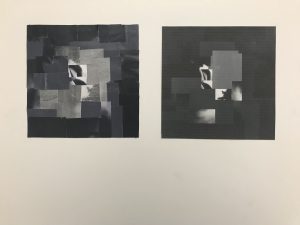
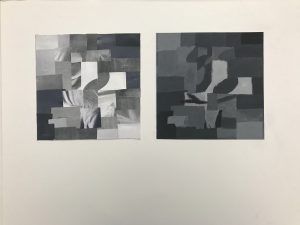
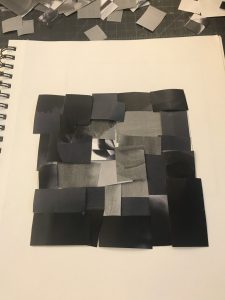
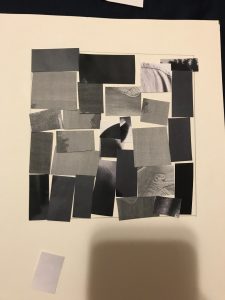

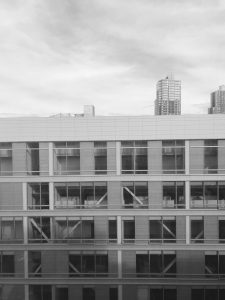
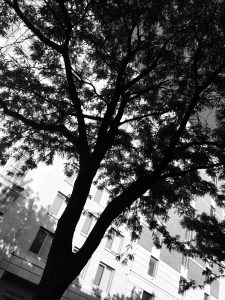




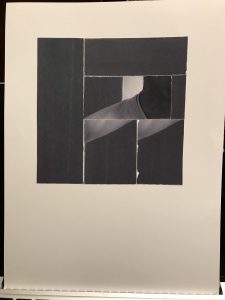
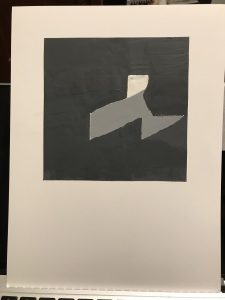
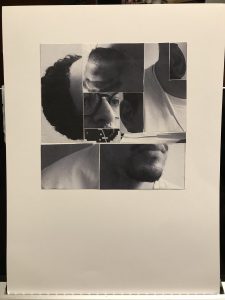
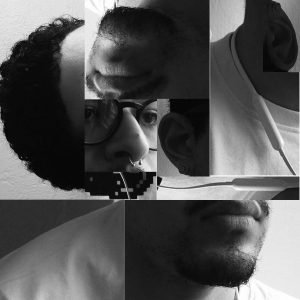



Recent Comments